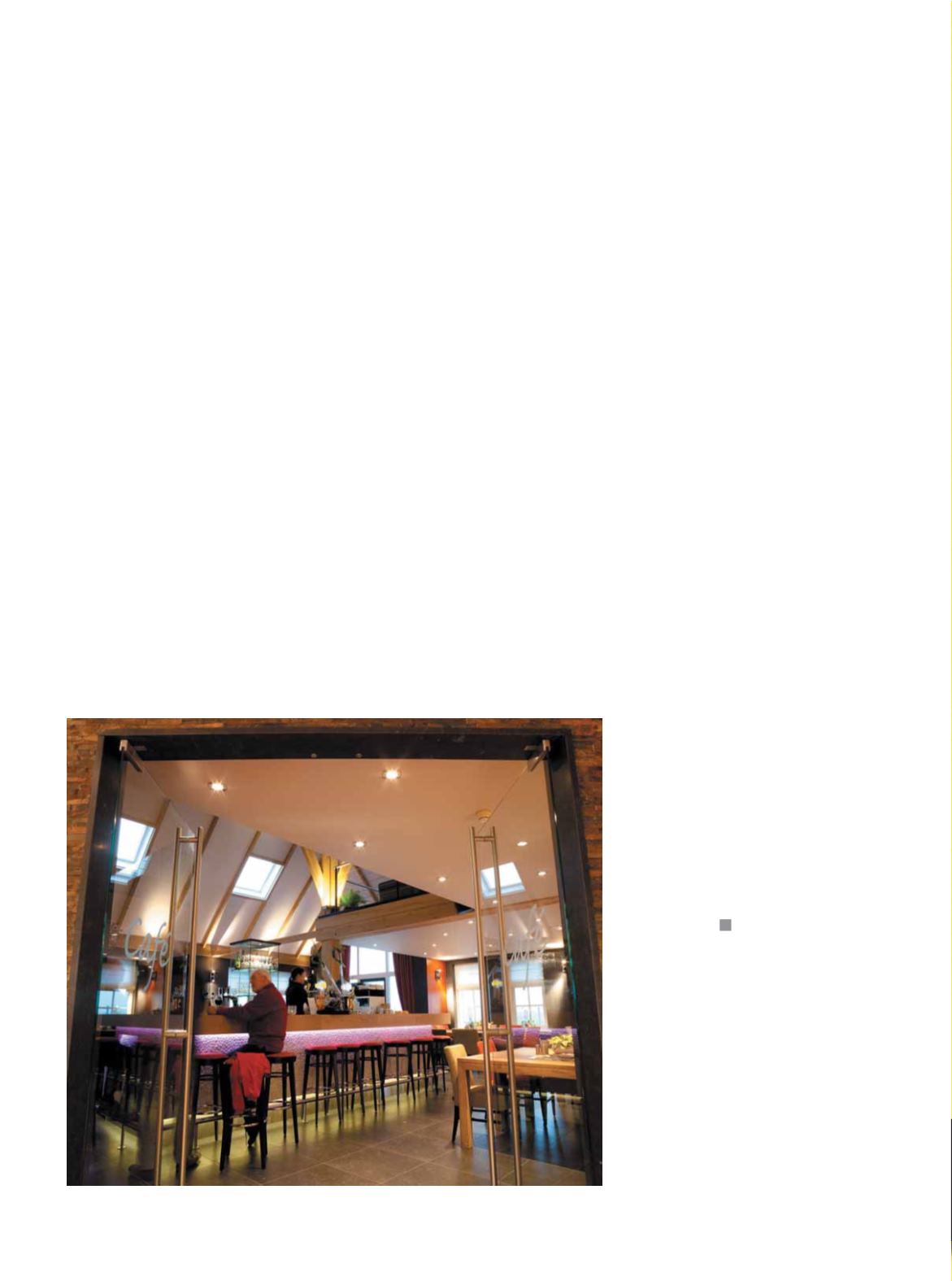

6 0
E L E CT R I C AL CONNE CT I ON
AUTUMN 2 01 5
the useful life of the light output (also referred
to as lumen maintenance). As mentioned
earlier, the lifetime of a white LED is the time
after which usually 70% of the original light
output remains.
Q: Does the quoted lifetime include
the electronics and other components
necessary to drive the LED source?
A: Under the right conditions, LEDs
can operate for very long periods of
time; however, it is important that the
supporting components used in the
fixture design also have long lifetimes and
are of high quality.
Q: What is the maximum ambient
temperature under which the fixture
can operate and achieve rated life?
A: The lifetime numbers for many fixtures
are quoted at room temperature. Make sure
to ask what the fixture lifetime will be at
the extreme end of the quoted operating
temperature range.
Q: Does the fixture design have
any special features for heat sinking/
thermal management?
A: Thermal management plays an
integral part in the length of LED source
lifetime and is directly affected by fixture
design. Heat must be properly drawn
away from the LED source in order to
maximise product lifetime– this can
be achieved through an appropriately
designed heat sink.
Q: What warranty is offered by the
manufacturer?
A: Ask for a documented, clear definition
of the warranty terms for the product.
Beware of vague ‘guarantees’.
If multiple white light fixtures are used
on a project, are colour points among
them adequately matched?
The tint or hue of white LEDs vary from
batch to batch due to inherent variations
that occur in all semiconductor fabrication
processes. Make sure to ask how the
manufacturer ensures consistent colour
performance from fixture to fixture.
Q: How does optics affect system
efficiency?
A: Beam shaping optics such as reflectors
and cover lenses can have a dramatic
effect on fixture performance. Make sure
performance claims include these necessary
system components. Leading manufacturers
will offer photometric data produced by
accredited testing laboratories.
Q: Does the proposal for my job
include all of the necessary components
to operate the LED fixtures?
A: Many LED fixtures require external
transformers and other necessary controls
in order to complete installation. Be sure
to include all of these components in your
project budget.
BECOMING AN EXPERT
Electrical contractors who understand
LED basics and know the right questions
to ask prior to specification or installation
will be better able to deliver the best LED
lighting solution for each project, no matter
whether it’s a home, office or stadium.
Keeping up to date with the latest
lighting trends, products, requirements,
standards and legislation means regularly
visiting industry, government and
lighting manufacturer websites as well as
supplementing knowledge through up-
skilling courses.
Steve Arthur has been involved in
the electronic component and lighting
industry for more than 15 years in Australia
and internationally. Steve has previously
led the OEM business for Philips Lighting
in Australia and is now bringing his
expertise and passion for lighting and
energy efficient LED lighting solutions to
the Trade Channel.
To find out more about the International
Year of Light, visit
www.light2015.org.















